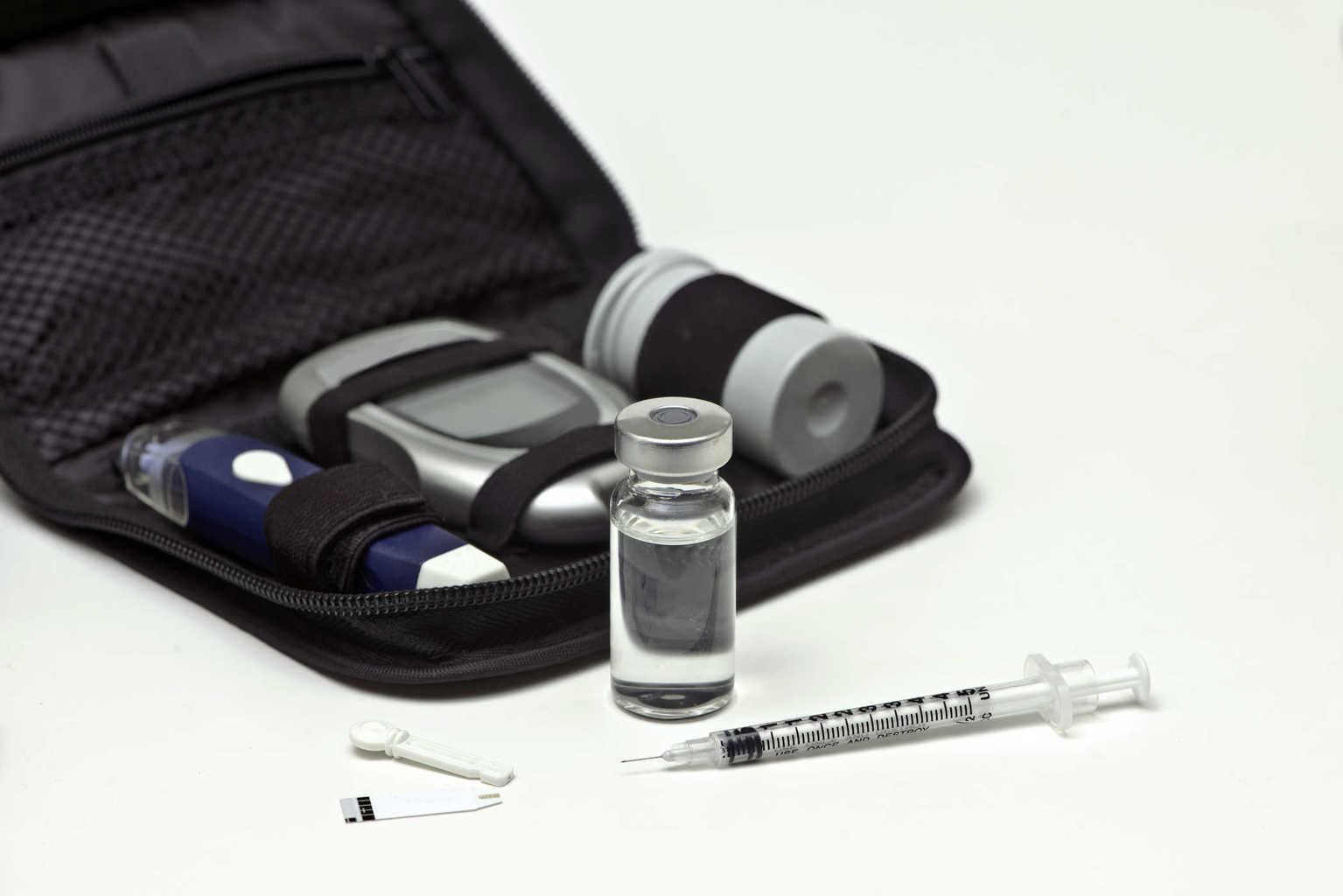Contents:
Medical Video: Atherosclerosis (2009)
Atherosclerosis is if there is fat located on the walls of blood vessels. Walls of fat-laden blood vessels lose their natural elasticity, and increase a person's risk of stroke.
What are the factors that cause a person at risk for atherosclerosis?
The so-called "atherogenic" or causes of atherosclerosis risk factors include:
High blood pressure: In addition to one of the main risk factors in heart disease, high blood pressure (hypertension) is a major risk factor for stroke.
There are two ways high blood pressure increases the risk of stroke:
- If high blood pressure is chronic, this can cause blood vessel walls to stiffen. This process makes blood vessels weaken, and tends to rupture and results in hemorrhagic strokes / bleeding.
- Even if blood pressure is normal, there is still a possibility of an increase in blood pressure. When an increase in blood pressure occurs suddenly and extreme, this can lead to bleeding in the brain. Of course, extreme increases in blood pressure are more dangerous for someone who has atherosclerotic blood vessels.
High cholesterol: Blood cholesterol levels, especially the bad type, or LDL, can cause fat along the main wall of blood vessels that carry blood to the brain (eg, carotid arteries). When these important blood vessels experience constriction, this will lead to a condition known as carotid stenosis in which blood flowing to the brain significantly experiences disability. When symptoms of a stroke appear, surgery must be performed to normalize blood flow to the brain and prevent stroke.
High cholesterol can lead to stroke through the following events:
- The blood vessels affected by atherosclerosis cause the formation of blood clots
- Blood clots that grow in the brain increase the risk of small thrombotic strokes, also known as lacunar strokes
- Blood clots and small fragments of fat deposits along the walls of blood vessels are likely to break and become trapped in narrowing of the arteries atherosclerosis of the brain, causing embolic strokes
Diabetes: This is a disease that affects the body's ability to transport sugar from the bloodstream to the cells that make up the organs of the body. Diabetics who have high blood sugar levels can experience damage to blood vessel walls in a manner similar to high blood pressure and high cholesterol. Unfortunately, most people with diabetes also suffer from high blood pressure and high cholesterol, which increases the risk of stroke. Diabetes is a risk factor for second stroke after high blood pressure.
Obesity: Defined as a body mass index (BMI) of 30 or more, obesity itself is a risk factor for stroke, regardless of whether someone has other risk factors such as high blood pressure or diabetes.












